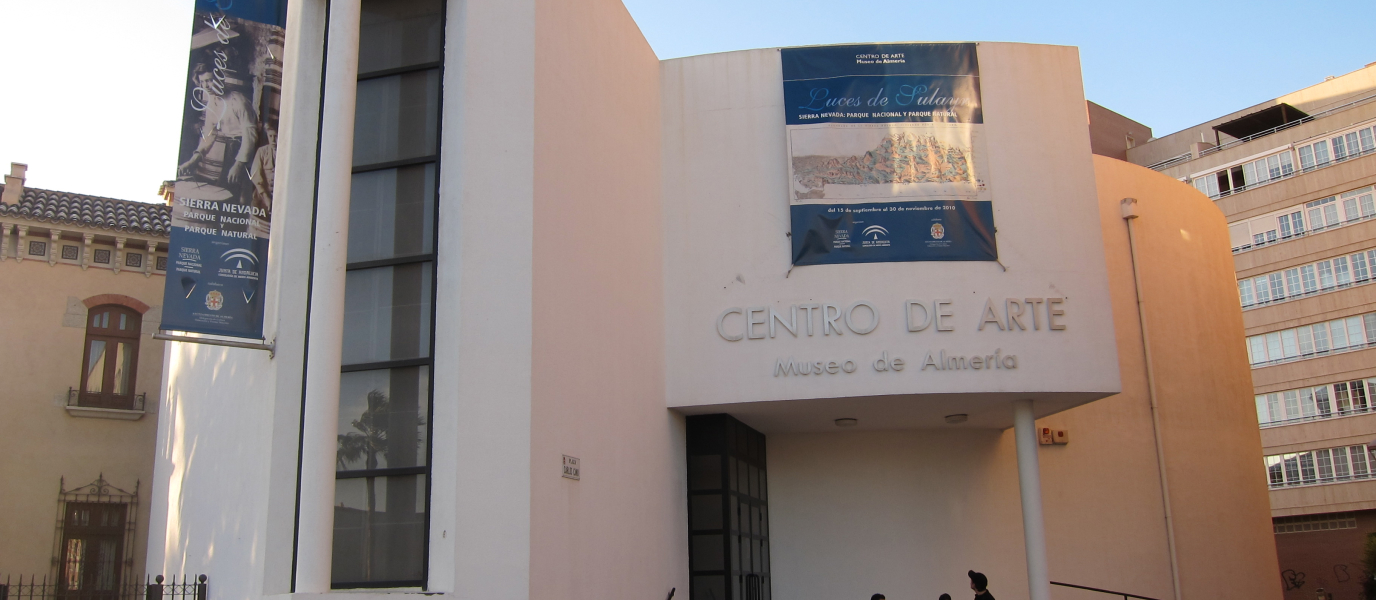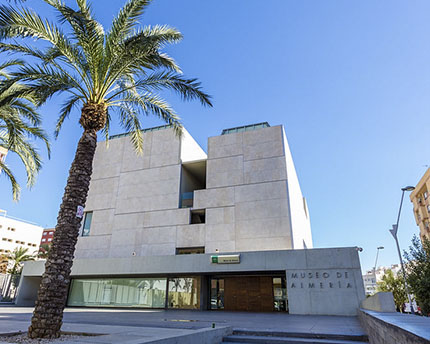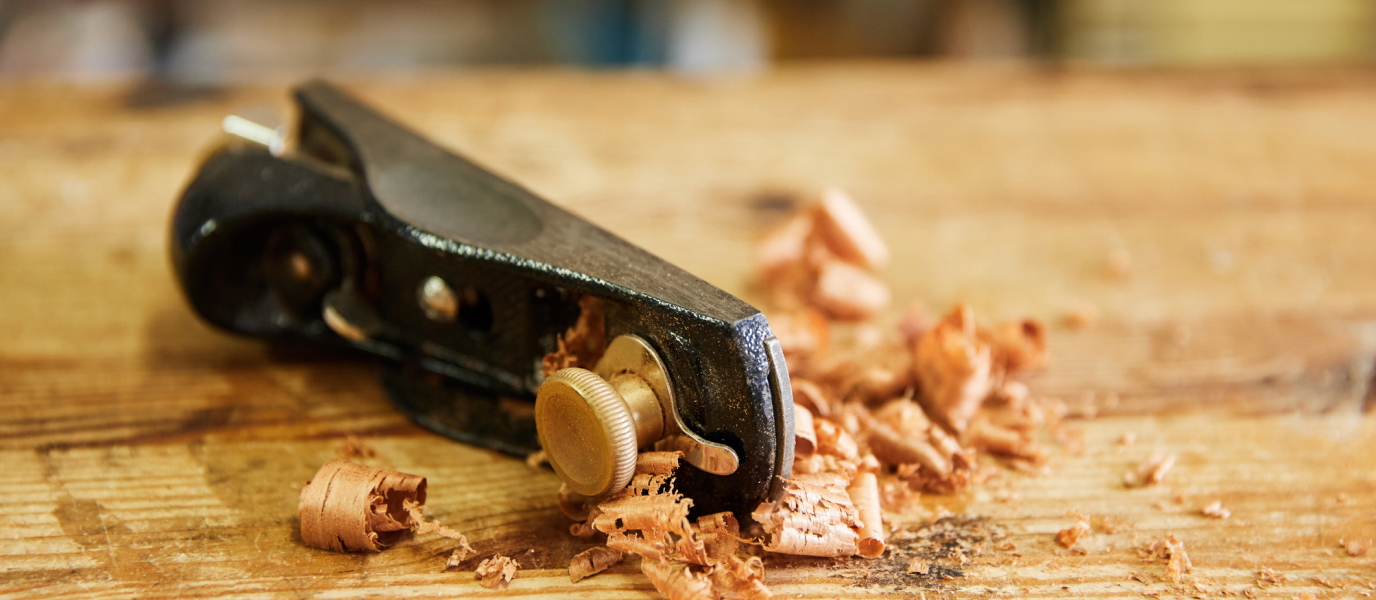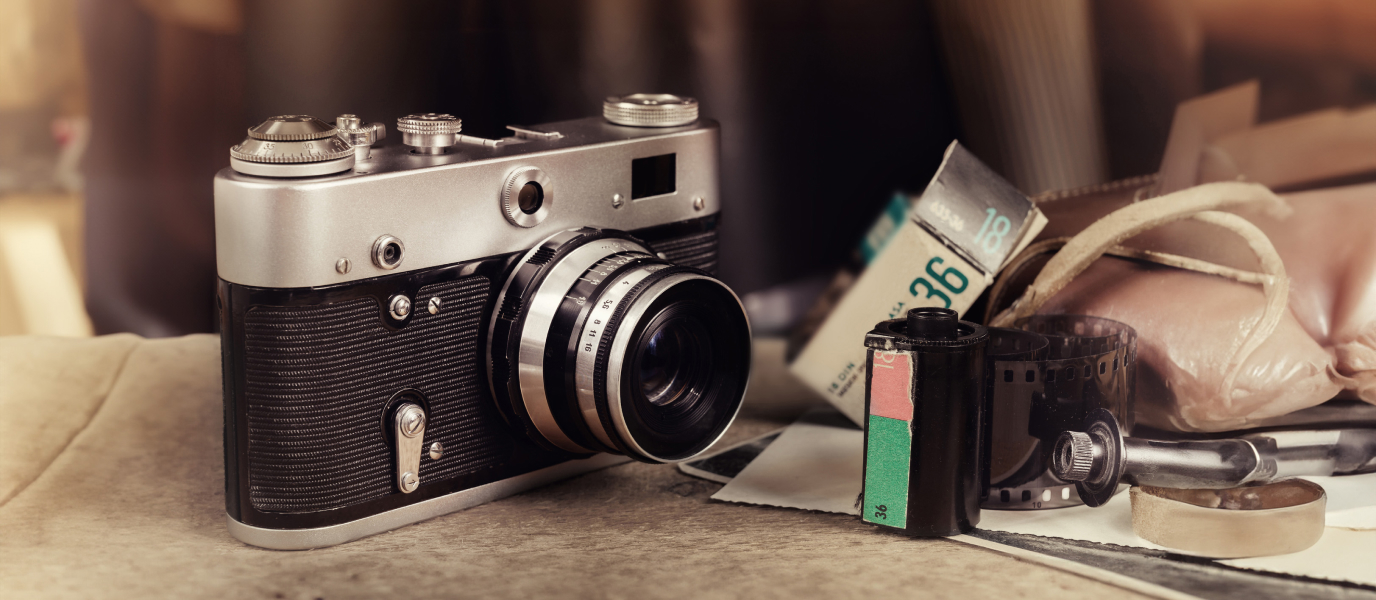Almería has a lot of cultural history and, even though its museums often lie in the shadow of the towering cultural monuments that abound in the region, it’s well worth stepping inside and taking a look at what they have to offer. If you enjoy paintings, then there is no doubt that you will love the Almería Art Museum. You will find it divided between the old palatial house of Doña Pakyta, an Almerían businesswoman who was committed to environmental protection, and the more modern Espacio 2, formerly known as the Centre of Contemporary Art.
Centro de Arte Museo de Almería, where it all started
The art-centre building formerly known as CAMA (from the Spanish Centro de Arte Museo de Almería) is to be found a short distance from the centre of the city. The centre is actually two very different buildings connected to each other that, although their differences are obvious, actually define the city of Almería very well. On one side there is the postmodern building, all white and stark lines, that was opened in 1988. On the other side, there is the old Neomudejar chalet, which was built in 1927 and subsequently bombed during the Spanish Civil War (1936-1939). Its restauration was managed by the architect Guillermo Langle, whose other notable building in Almería is that which stands above the Civil War shelters, and it was originally designed as a hospital for children with tuberculosis.
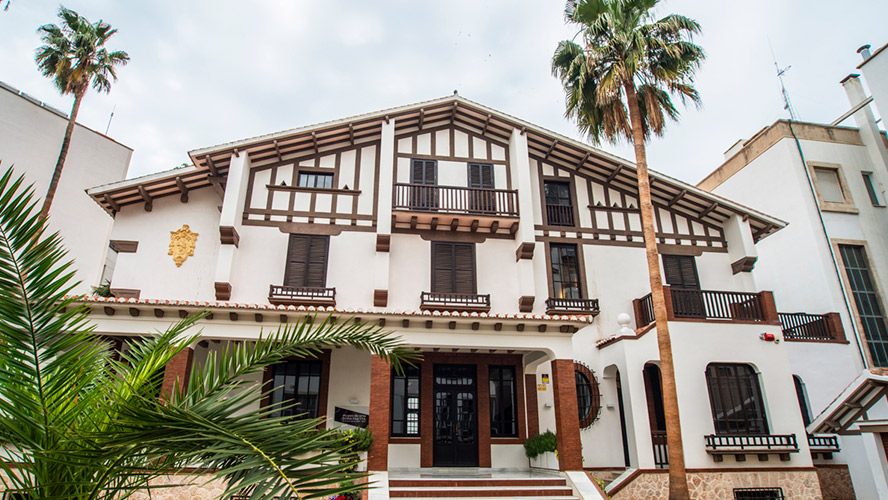
he Neomudejar building is an excellent example of Almería’s connection with its Moorish past and so, when the CAMA was built, they decided to connect the old with the new. The chalet was initially used as an annexe to hold part of the entire collection but after its first exhibition, dedicated to the works of Joan Miró, it became a centre renowned for its specialisation in painting. Since then it has held events in honour of artists such as Goya, Sorolla and Zabaleta.
Today, this site is known as Espacio 2 and, in 2015 when the Doña Pakyta Museum of Art was inaugurated, both sites came together to make the Art Museum of Almería.
The Doña Pakyta Museum of Art: the ‘other half’
Francisca Díaz Torres, better known as Doña Pakyta, was an important Almerían businesswoman and owner of the El Romeral, country estate found in the beautiful Cabo de Gata-Níjar Natural Park. She and her husband, José Gonzalez Montoya, were both fervent supporters of environmental causes, especially that of protecting the natures reserve and managing their estate sustainably.
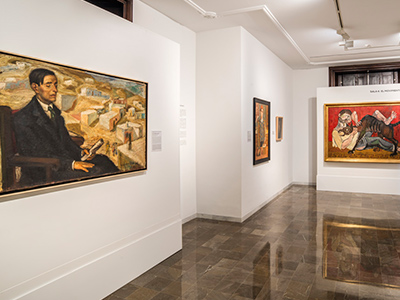
Doña Pakyta owned another property in Almería capital known as the Montoya or Basque House. This was also designed by Guillermo Langle in 1928 but the Civil War halted work on the house and the mayor who commissioned the project never lived to see it completed. His children did, however, and one of them became the husband of Doña Pakyta.
The building is an excellent example of the Neo-Basque style and stands in stark contrast with the Mediterranean architectural styles that surround it. During the Civil War it was damaged considerably and was only restored in 1943 when the dictator Francisco Franco visited the capital.
When Gonzalez Montoya died his widow inherited the house and, in 1984, she decided to donate the picturesque property to the town hall of Almería so that it could be turned into a museum when she died.
In 2010, this indefatigable philanthropist was awarded the title Favourite Daughter of Andalusia for her work on environmental protection. Doña Pakyta died in 2014 and in May of that year work began on converting the Basque House into a two-floored art gallery. A year later it opened its doors to the public and the ‘union of the two institutions’ took place when it merged with Espacio 2 to make the Art Museum of Almería.
What collections can you see?
The two buildings that make up the Art Museum of Almería are less than a kilometre apart and both are very close to the city centre. That’s why a trip to this museum couldn’t be simpler and a morning should suffice to see them both.
It is highly recommendable that you begin with the Doña Pakyta Art Museum if you would like to see the collections in chronological order. This building holds works completed between 1880 and 1970, and it offers its visitors a panoramic view of Almerían art across seven rooms that display paintings, sculptures, sketches and etchings.
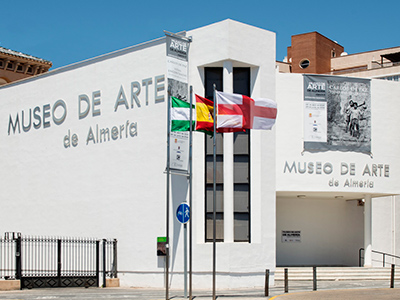
The Indaliano movement holds an important place here, taking up no fewer than three of the seven rooms in the museum. This artistic movement began in Almeria between 1943, when these artists first gathered in the Granja Balear Café to discuss their work and ideas, and 1963, when the artists met for the second and final time. The principal figure in his movement was the sculptor Jesus de Perceval, who wanted to make a protest against what he considered a feeling of apathy in post-war Almerían society.
In Espacio 2, you will find four rooms that continue the history of Almerían art, from 1980 to today. Etchings, photographs, posters, and other works of contemporary art from the province are all exhibited here in the ground floor’s permanent exhibition. On the first floor, you will find temporary exhibitions as well as other cultural events such as conferences and book presentations.
If you are taking a walk around the outskirts of the city centre, then don’t miss your chance to see these two exceptional buildings and experience the rich cultural history of Almerían art from the 19th century to today.




































































